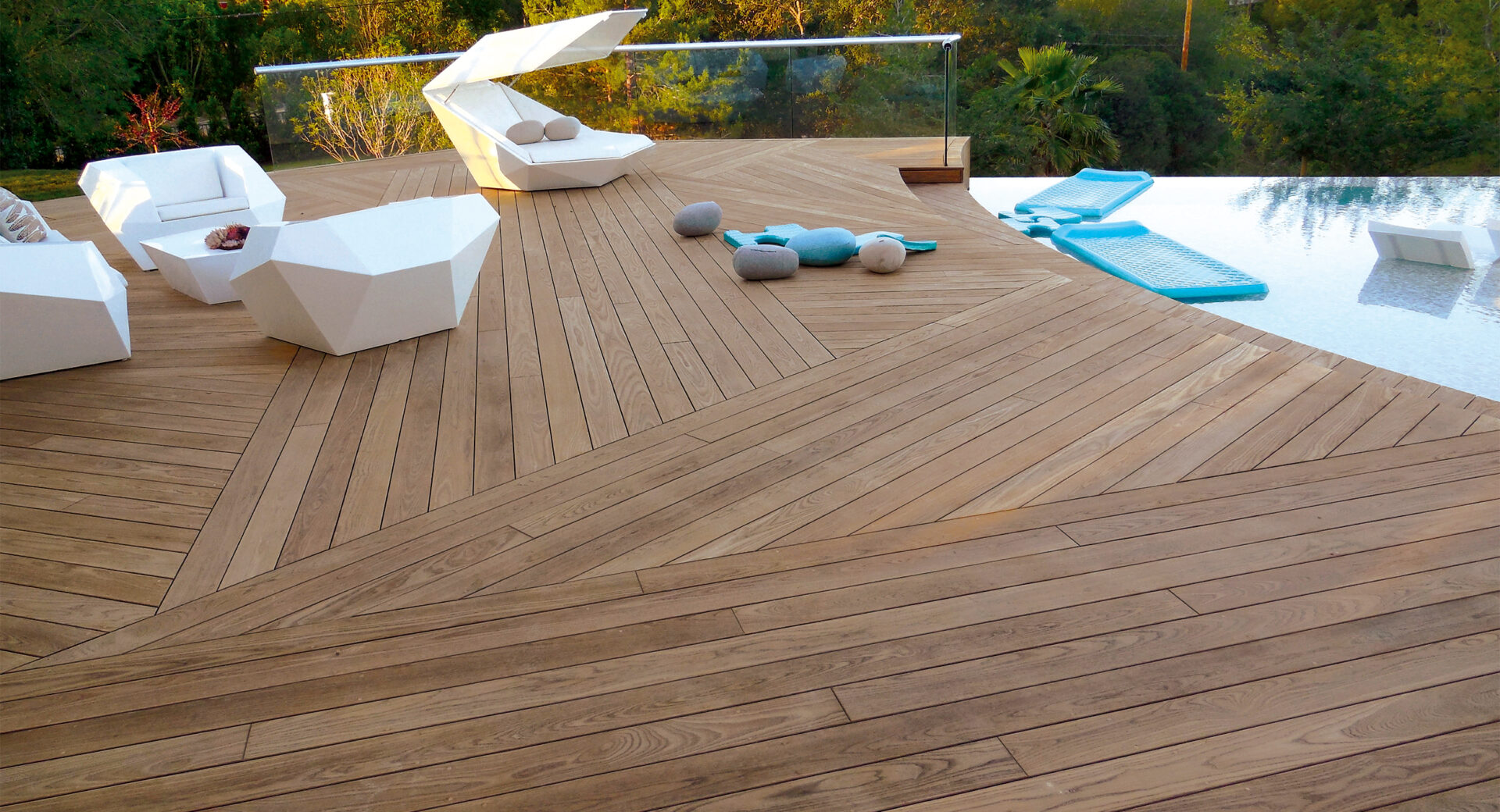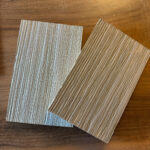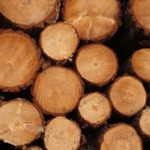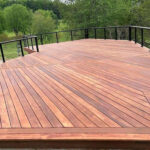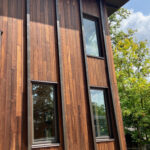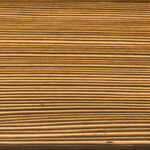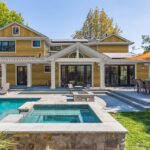What is Thermally Modified Wood
As the name states, this is wood. All natural wood. Nothing added, just dried differently. Think of it as typical kiln dried lumber but kicked up a notch to very high temperatures that modifies the structure making it impervious to water, rot and bugs. Moreover it is dimensionally stable and won’t create issues during seasonal changes. Thermally modified wood is a superior exterior lumber used for decking and siding primarily. But instead of using tropical hardwoods or naturally rot resistant species, the thermal modification process allows us to use much more commonly available (and affordable) FSC hardwood and softwood species like Ash, Oak, Iroko, Spruce or Pine.
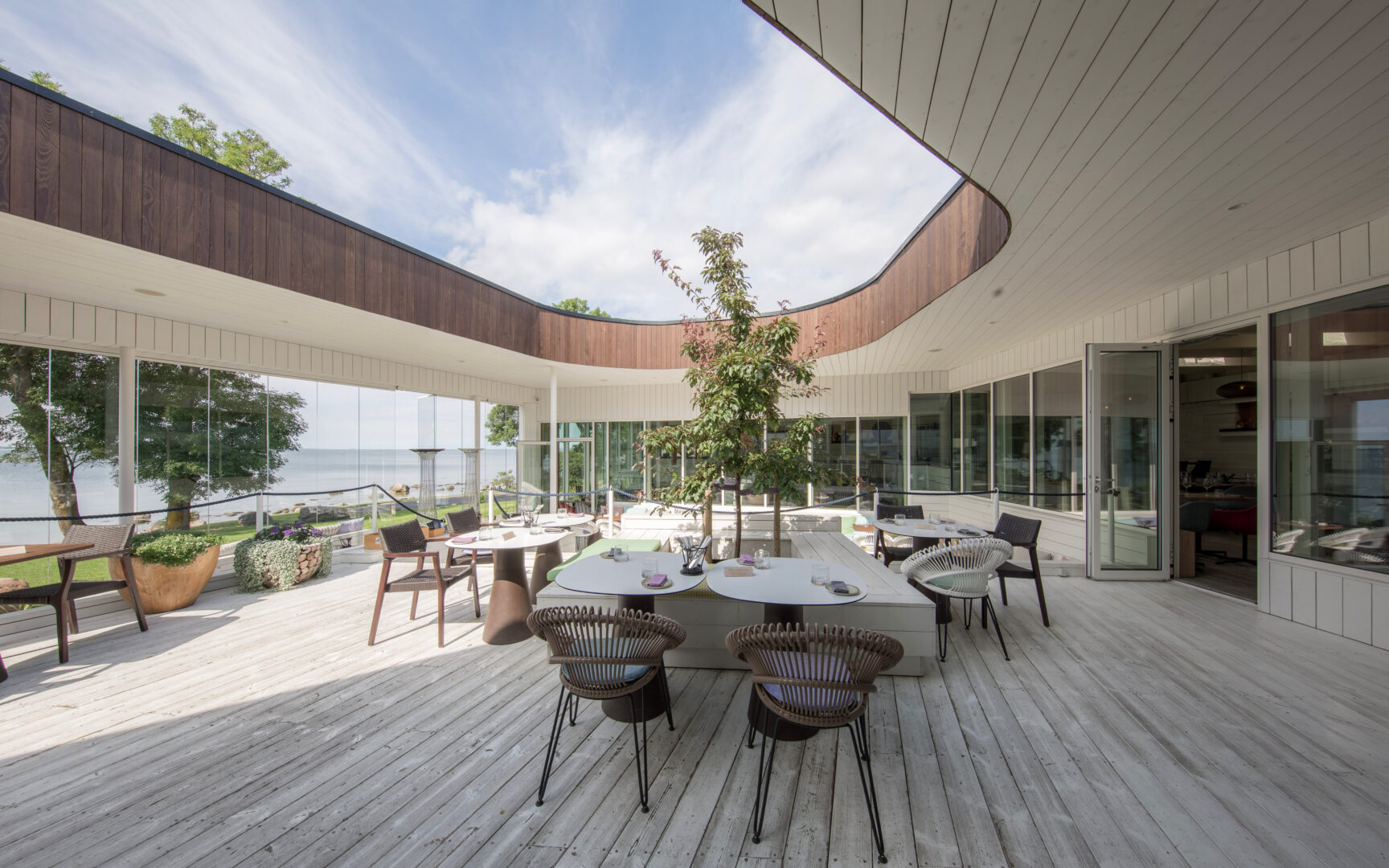
Drying Ash, Oak, Iroko, or Pine to significantly higher temperatures in a controlled environment does however modify the cell structure to produce a wood that is dimensionally stable and resistant to bugs and rot. The wood maintains nearly the same working properties after drying and presents a darker, baked golden brown hue. It is still the same species of wood, just without the seasonal movement headaches and with all the sugars and water baked out so the bugs leave it alone and water beads up and runs off. In other words, its the same wood, just better.
It is a process that goes back thousands of years to the Vikings and in the far East with Japanese woodworkers. Much more recently perfected however in the 1970s in Finland, research and production scaling continues even today. The thermal modification process is now well understood and there are various methods for ensuring quality control and consistency throughout the drying process. Choosing the right thermally modified product can be a bit confusing with many manufacturers and a lot of different species all claiming to have the best product. There are differences but usually this comes down to product capacity and consistency of quality control and raw material sourcing. The one thing you can expect is that thermally modified wood will be an outstanding solution for exterior products that will need to take a beating.
Oceanfront properties or those regularly under the blazing sun will perform well with thermally modified decking and siding; this is because this wood will withstand the elements and can be finished to maintain its color or left to weather to the immensely popular silvery gray which we have come to expect with current exterior favorites like Ipe or Teak. Unlike some of the other current favorite species, thermally modified lumber can also be used in ground contact situations or in direct contact with water like docks and poolside decks.
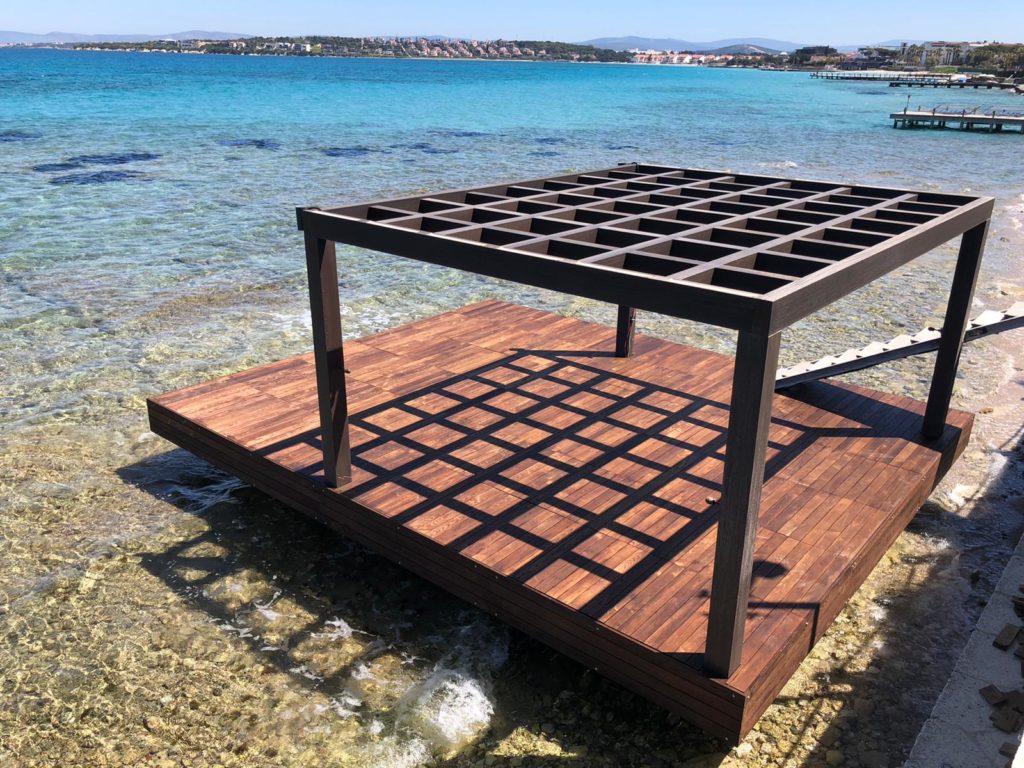
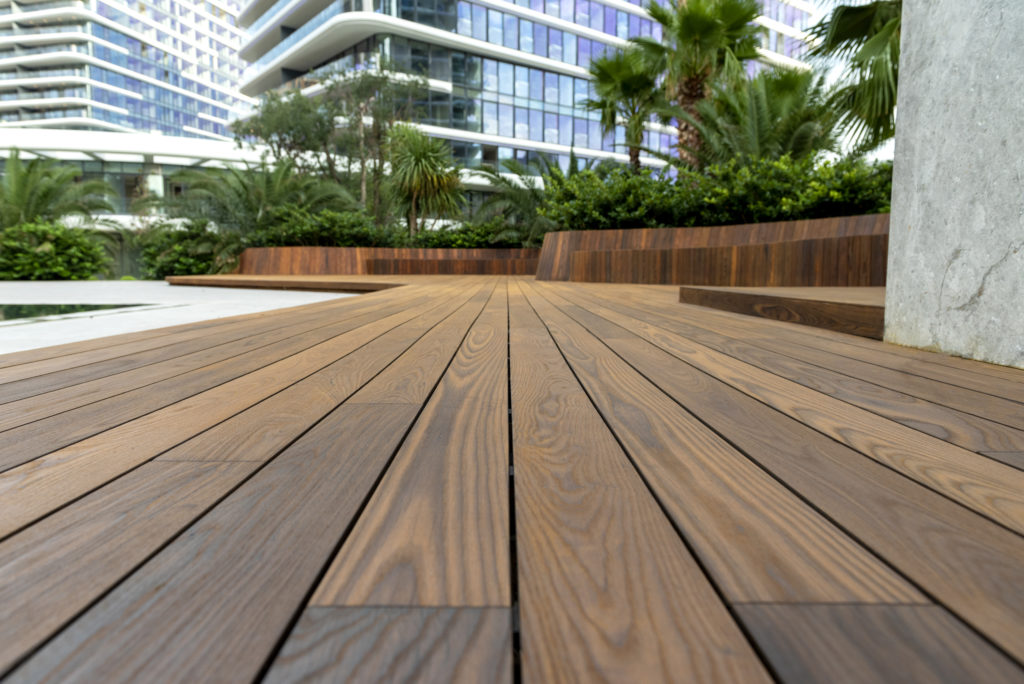
Thermal Modification Process
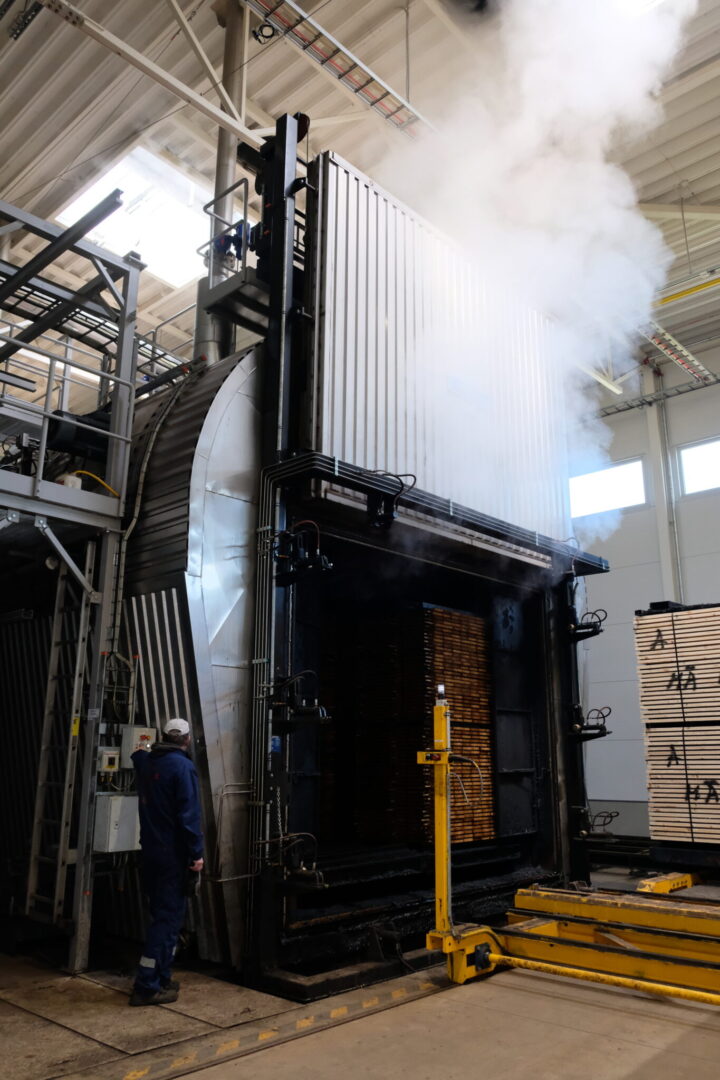
Easy answer, thermally modified wood is just the same as the kiln dried lumber you may have already purchased. The green (wet) wood is placed in an oven, and the temperature is raised according to normal kiln drying schedules to eliminate the free water from the wood. Application of moisture is done throughout this process in order to control the drying and prevent damage to the wood fibers.
Once the free water is gone, the kiln temperature is raised substantially higher than the typical lumber drying process to above 400 degree Farenheit. Oxygen levels are reduced in the kiln to prevent combustion at this high temperature, and the bound water inside the cell walls is baked away. This includes any hydroxyl groups that can bind with moisture in the future. (more on that in a minute) Above 400 F, the extractives (sugars, oils, resins, etc) also bake off, leaving the wood totally dry and completely rot resistant. The sugars and hemicellulose can actually crystallize and harden leaving them completely non reactive. Moisture is then reintroduced as the oven temperature is dropped, allowing the wood to equalize to the surrounding air and humidity in order to prevent cell collapse and warping (AKA case hardening). This last step leaves the wood highly stable and practically eliminates movement in the wood due to seasonal moisture changes.
Now is the exciting part! Remember those hydroxyl groups from earlier? These are negative ions just begging for water molecules to come along to bond with and form more water bound deep within the cell walls. With those gone, the normal expansion and contraction which one would typically see in wood is gone. There is some initial movement and typical warping as the wood is conditioned in the last step in the kiln just as you might expect from any wood. The key is that after that initial warping and re-humidification, the wood is essentially stable. Tangential and radial movement is now so low seasonally (~.1%) that it is negligible. The hardness of the wood is elevated a bit with the baking of the cellulose and sugars, and this is what darkens the color. There is a slight reduction in bending strength due to the internal hardening and a drop in weight without any of the moisture, but really you have the same species of wood that went into the kiln at the start.

